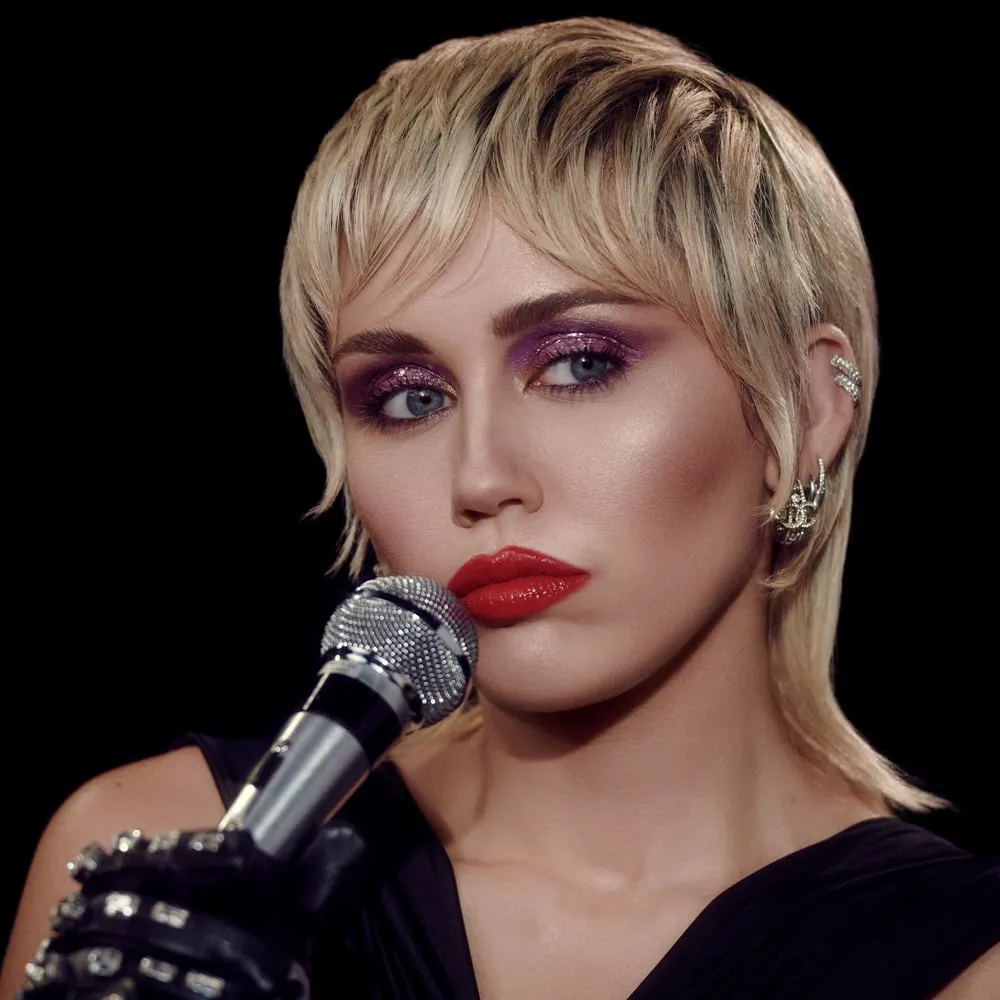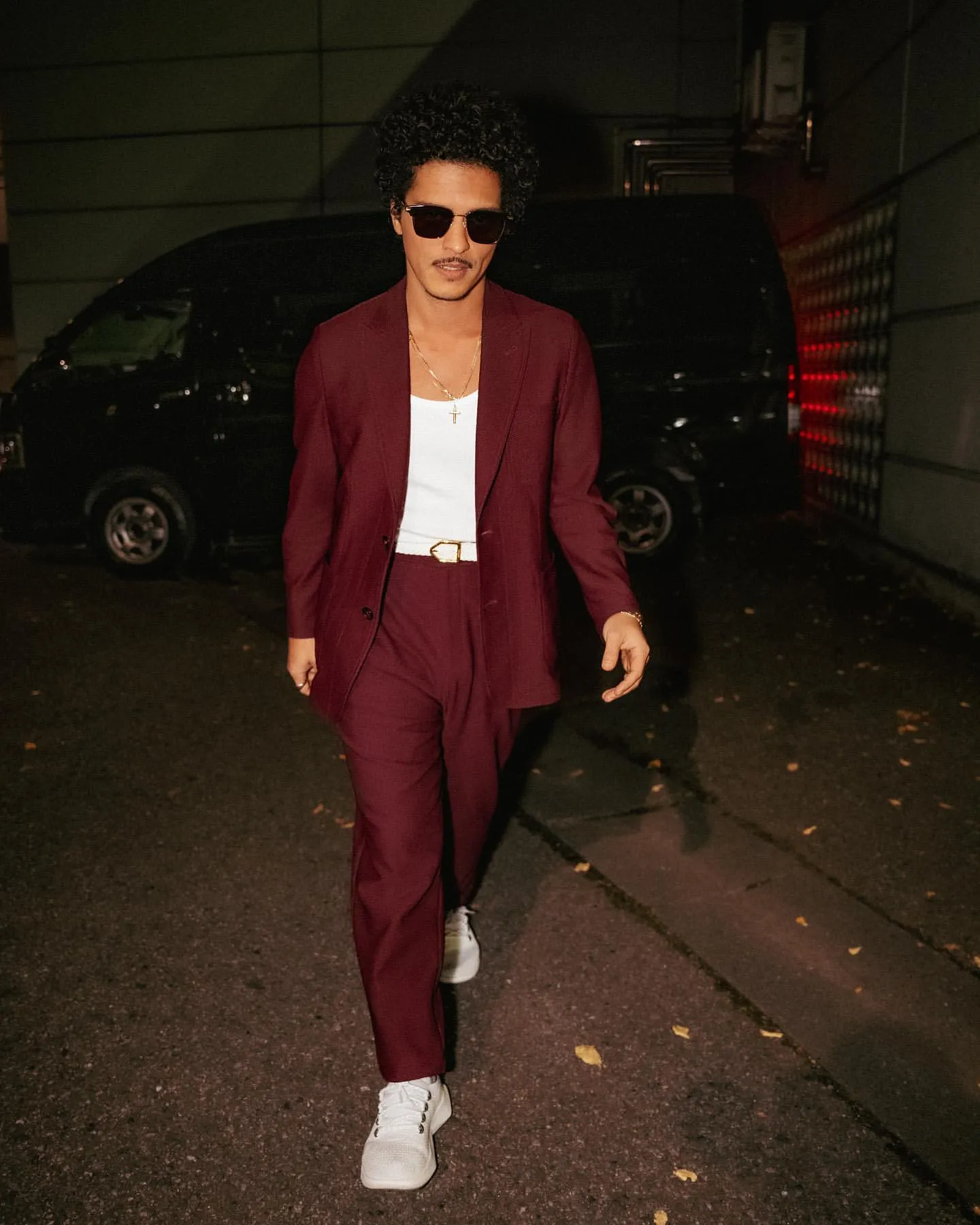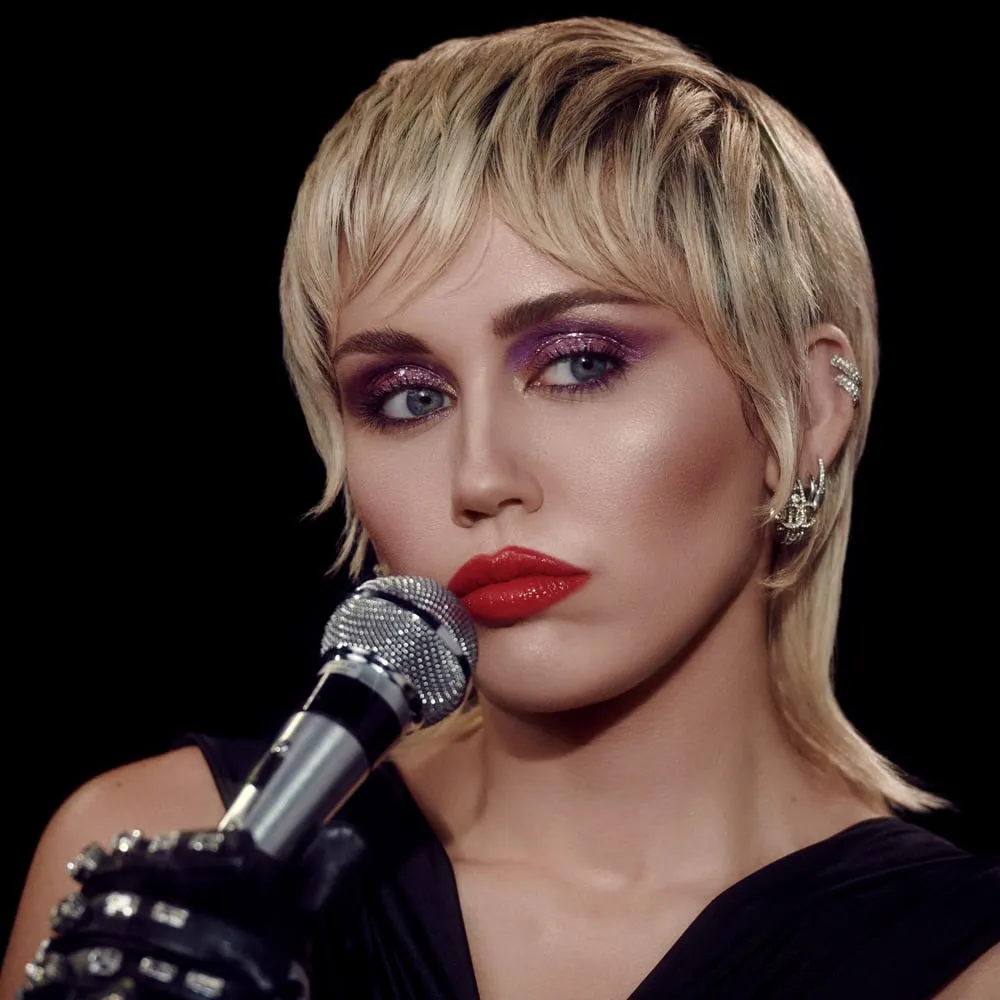

Miley Cyrus’s Strange Look Gets Mixed Opinions Online and How She’s Speaking Out About It
When Miley Cyrus graced the cover of The Cut Fall 2025 issue, the internet exploded. Known for her bold, unpredictable persona, Miley shocked fans once again—but this time in a completely different way. Instead of flashy colors, eccentric hairstyles, or over-the-top outfits, she embraced a stark, minimalist aesthetic. Her photos, featuring bold avant-garde makeup, bleached brows, and stripped-down fashion choices, instantly went viral. While some praised her daring reinvention, others questioned her new look. Yet one thing became clear: Miley Cyrus had once again placed herself at the center of a global cultural conversation.
This shift marks more than just a fashion experiment—it represents a deeper evolution in Miley’s public image. Moving away from her once rebellious and provocative reputation, she now emerges as a symbol of maturity, refinement, and minimalist sophistication. The burning question is: what prompted this dramatic transformation, and what does it say about her role as both an artist and cultural icon in 2025?
From Pop Rebel to Fashion Visionary
To understand Miley’s transformation, we need to revisit her past. Miley Cyrus has always been synonymous with reinvention. From her days as the wholesome Disney star Hannah Montana, she morphed into one of pop culture’s most controversial figures during the Bangerz era (2013). At the time, her provocative performances, daring outfits, and unapologetic personality earned her both admiration and backlash. Critics labeled her a “wild child,” while fans praised her for breaking free of Hollywood’s carefully constructed teen-star mold.
Fast forward to the mid-2010s, Miley continued pushing boundaries—not only musically but visually. Each album cycle introduced a new persona: the psychedelic dreamer during Miley Cyrus & Her Dead Petz (2015), the rootsy country-inspired storyteller in Younger Now (2017), and the rock-inspired powerhouse in Plastic Hearts (2020). Through every reinvention, one thing remained constant: her refusal to be boxed in.
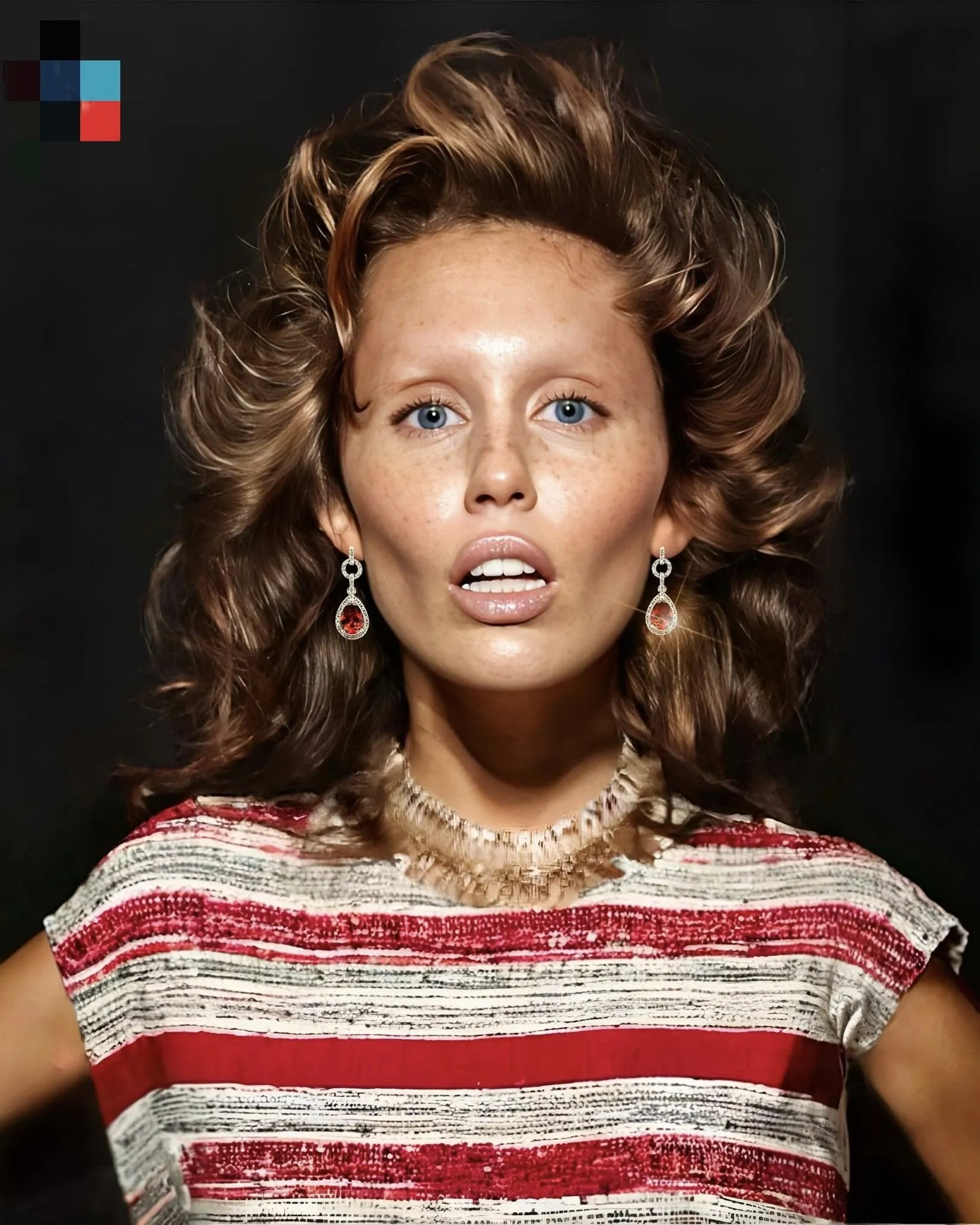
What sets 2025 apart, however, is Miley’s pivot toward minimalism and maturity. Unlike her rebellious past, this new aesthetic isn’t about shock value—it’s about intentionality. She no longer needs to scream for attention; instead, she commands it with quiet confidence. In many ways, she mirrors cultural icons like Lady Gaga and Madonna, who also leveraged fashion as a language to tell their stories. But unlike them, Miley’s current reinvention suggests not just transformation, but transcendence. She’s evolving from a pop provocateur into a fashion visionary who speaks to broader cultural themes.
The Viral Photoshoot: Breaking Down the Aesthetic
The photoshoot in The Cut was not just another celebrity cover. It was a carefully constructed statement about identity, art, and beauty. Let’s break down the visual elements that made it go viral:
-
The Browless Look
Perhaps the most striking element of the shoot was Miley’s bleached eyebrows. This look, popularized by avant-garde models and artists, removes one of the most defining features of the face, creating an alien-like, otherworldly aesthetic. In Miley’s case, it emphasized her sharp cheekbones and expressive eyes, lending her an ethereal yet confrontational aura. -
Makeup and Lighting
The makeup design accentuated imperfections rather than concealing them. Harsh lighting created shadows, highlighting the raw, unfiltered aspects of her face. Instead of glamour, the focus was on authenticity and edge. -
Fashion Choices
Miley donned minimalist pieces—structured blazers, monochromatic dresses, and bold textures. Each outfit avoided excess, instead relying on shape, fabric, and silhouette to make a statement. The result? An aesthetic that was at once futuristic and timeless. -
Avant-Garde Vibes
The overall mood leaned heavily into the avant-garde. The photos felt more like art installations than fashion spreads. They challenged viewers to rethink beauty and invited debates on whether this was truly “fashion” or simply provocation.
By embracing this style, Miley signaled that she’s no longer just following trends—she’s creating them.
The Cultural Debate: Beauty or Bizarre?
The release of Miley’s photos ignited an intense cultural debate. On one side, admirers hailed her as a genius for challenging traditional beauty norms. Fans flooded social media with praise, calling the shoot “bold,” “visionary,” and “proof that Miley is always one step ahead.” On the other side, critics dismissed the look as “ugly,” “gimmicky,” and “too strange to be taken seriously.”
This polarity is not new for Miley. Throughout her career, she has thrived in controversy, using it as a tool to stay relevant and spark conversation. Social media amplified the reactions—hashtags like #MileyAvantGarde and #BrowlessMiley trended globally on TikTok, Twitter, and Instagram. TikTok creators dissected her looks in short videos, some admiring the artistry, others mocking the eccentricity.
What many fail to realize is that controversy is marketing gold in the entertainment world. Like Madonna’s “Like a Prayer” scandal in the 80s or Lady Gaga’s infamous meat dress in 2010, Miley’s polarizing photoshoot ensured one thing: everyone was talking about her. In 2025, where attention is currency, Miley has mastered the art of making herself impossible to ignore.
Redefining Beauty Standards
At the heart of the debate lies a bigger question: what is beauty? For decades, mainstream media has promoted narrow definitions of attractiveness—symmetry, flawlessness, conventional femininity. Miley’s photoshoot disrupts this by embracing what many consider “ugly” or “strange.”
Her browless look, harsh makeup, and stripped-down fashion choices align with trends like ugly beauty, weird core, and raw femininity—movements that challenge traditional aesthetics. These trends reflect a cultural shift: younger generations are rejecting perfection in favor of authenticity, quirkiness, and individuality. By embracing imperfection, Miley validates the beauty of being “different.”
There’s also a feminist undertone. By deliberately rejecting conventional beauty standards, Miley asserts her autonomy. She’s not conforming to what society says is attractive; she’s defining it for herself. This makes her not just a pop star but a case study in cultural resistance.
Her message resonates globally: true beauty is not about pleasing others but embracing one’s unique identity. In this sense, Miley isn’t just redefining beauty for herself—she’s redefining it for an entire generation.
Influence on Fashion and Media
Miley’s influence extends far beyond her fans. Fashion insiders have taken notice. Stylists and photographers have cited the shoot as inspiration, while luxury brands are reportedly interested in tapping into the “avant-garde Miley” aesthetic for campaigns. Already, fashion blogs and TikTok trend forecasters are dissecting her looks, predicting a wave of browless editorials and minimalist styling in upcoming runway shows.
Media outlets also benefit from Miley’s cultural impact. Every photoshoot, interview, or appearance she makes becomes a conversation starter. In a media landscape oversaturated with celebrity content, Miley consistently manages to cut through the noise. She embodies the rare blend of star power and unpredictability, ensuring that when she makes a move, the world pays attention.
Moreover, brands looking to connect with Gen Z and younger millennials can learn from Miley’s playbook. In an era where authenticity and boldness matter more than perfection, Miley’s avant-garde reinvention serves as a masterclass in branding. She demonstrates that being polarizing can be more powerful than being universally loved.
Miley Cyrus as a Global Cultural Icon
At this stage in her career, Miley Cyrus has transcended the label of “singer” or “celebrity.” She has become a global cultural icon—a figure whose influence cuts across music, fashion, feminism, and art. Her ability to continually reinvent herself places her in the lineage of cultural disruptors like David Bowie, Madonna, and Lady Gaga.
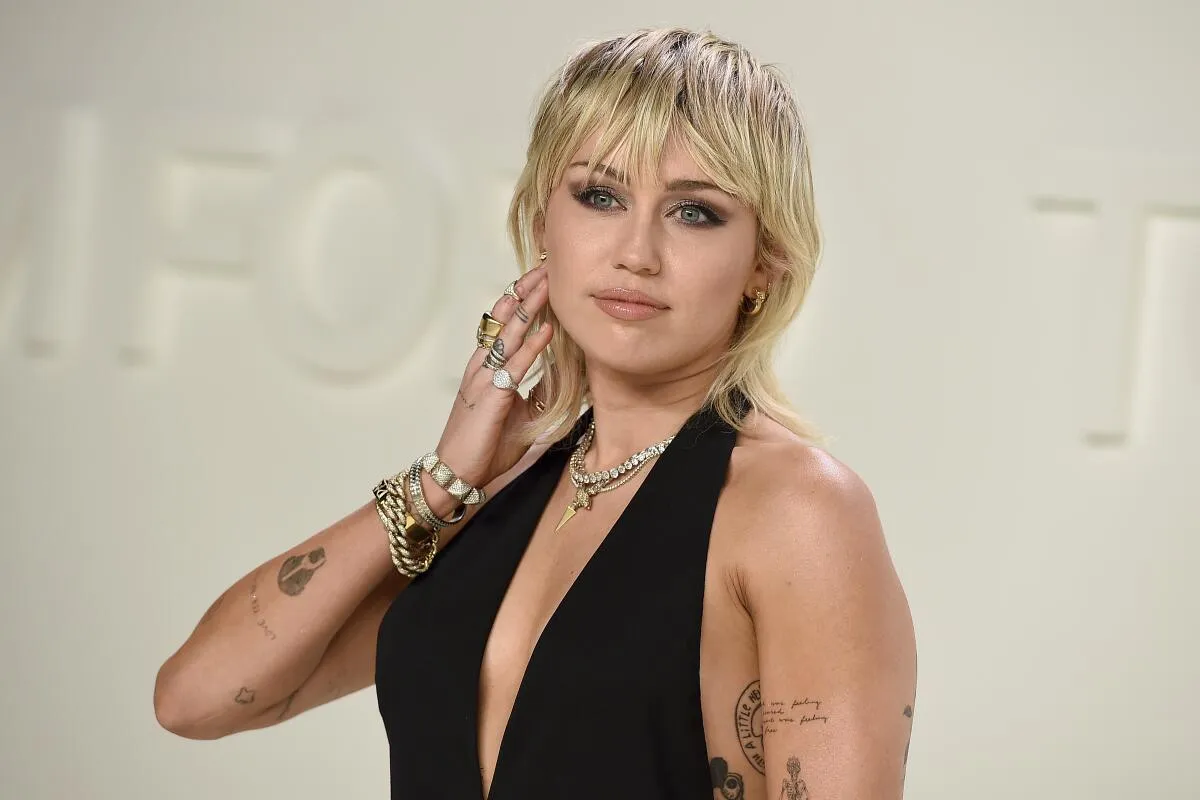
The 2025 avant-garde photoshoot is not just another reinvention; it is a defining moment in her artistic journey. It reflects her growth from a teenage pop sensation into a fearless cultural leader. By blending music, fashion, and activism, she proves that artistry is not limited to one medium. Miley Cyrus doesn’t just follow culture—she shapes it.
Her legacy will not only be measured in albums sold or awards won but in how she influenced global conversations about beauty, identity, and authenticity.
Conclusion
Miley Cyrus’s minimalist, avant-garde reinvention in The Cut Fall 2025 issue is more than a photoshoot—it’s a cultural statement. By embracing unconventional aesthetics, she challenges outdated beauty standards, sparks global debates, and inspires the fashion world to take risks. Love her or hate her, one cannot ignore her.
Her journey from Disney darling to rebellious pop star, and now to minimalist muse, underscores her unique ability to evolve without losing relevance. Miley Cyrus proves that reinvention is not about abandoning one’s identity but about continuously redefining it.
In 2025, Miley Cyrus is not just a singer. She is a cultural force, a fashion visionary, and a global icon—a woman who dares to ask: what if beauty is not what we think it is?








